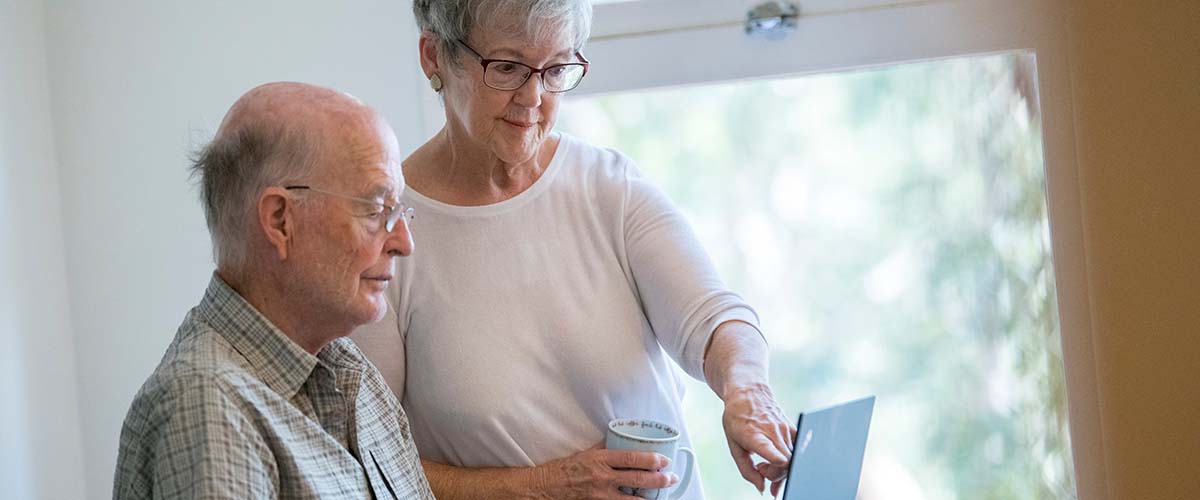Population growth in Australia’s combined capital cities in 2017-18 remained steady, according to data released today by the Australian Bureau of Statistics (ABS).
“The number of people living in our capital cities increased by 307,800 people (1.9 per cent) in 2017-18”, said ABS Demography Director Beidar Cho.
“This in on par with the average growth over the previous three years”.
Once again, Melbourne was the capital city with the largest population increase (119,400 people), followed by Sydney (93,400) and Brisbane (50,100).
Together, these three capitals accounted for over 65 per cent of Australia’s population growth in 2017-18.
Melbourne also had the highest growth rate of any Australian capital (2.5 per cent), ahead of Canberra (2.2 per cent) and Brisbane (2.1 per cent).
Darwin was the only capital city to experience a population decline in 2017-18, losing 360 people (-0.2 per cent).
Today’s data also reveals the largest and fastest growing areas in each state and territory.
Cranbourne East had the largest growth in Australia in terms of numbers (up by 7,300 people), while Rockbank – Mount Cottrell was the fastest growing in terms of growth rate (59 per cent). These areas are located in Melbourne’s outer suburbs.
| State/Territory | LARGEST GROWTH | FASTEST GROWTH(a) | |||
| Area | Number | Area | Per cent change (%) | ||
| New South Wales | Riverstone – Marsden Park | 5 000 | Riverstone – Marsden Park | 23.2 | |
| Victoria | Cranbourne East | 7 300 | Rockbank – Mount Cottrell | 59.4 | |
| Queensland | Pimpama | 3 700 | Pimpama | 29.5 | |
| South Australia | Munno Para West – Angle Vale | 730 | Munno Para West – Angle Vale | 5.5 | |
| Western Australia | Baldivis | 2 200 | Alkimos – Eglinton | 14.8 | |
| Tasmania | Newnham – Mayfield | 230 | Mount Nelson – Dynnyrne | 3.9 | |
| Northern Territory | Palmerston – South | 880 | Palmerston – South | 21.6 | |
| Australian Capital Territory | Moncrieff | 1 800 | Greenway | 18.9 | |
| (a) Excludes areas with less than 1,000 people at June 2017. | |||||
Media notes:
- Unless otherwise stated, capital cities mentioned in this release are Greater Capital City Statistical Areas and areas are Statistical Areas Level 2 as defined in the 2016 Australian Statistical Geography Standard (ASGS).
- When reporting ABS data, the Australian Bureau of Statistics (or ABS) must be attributed as the source.








